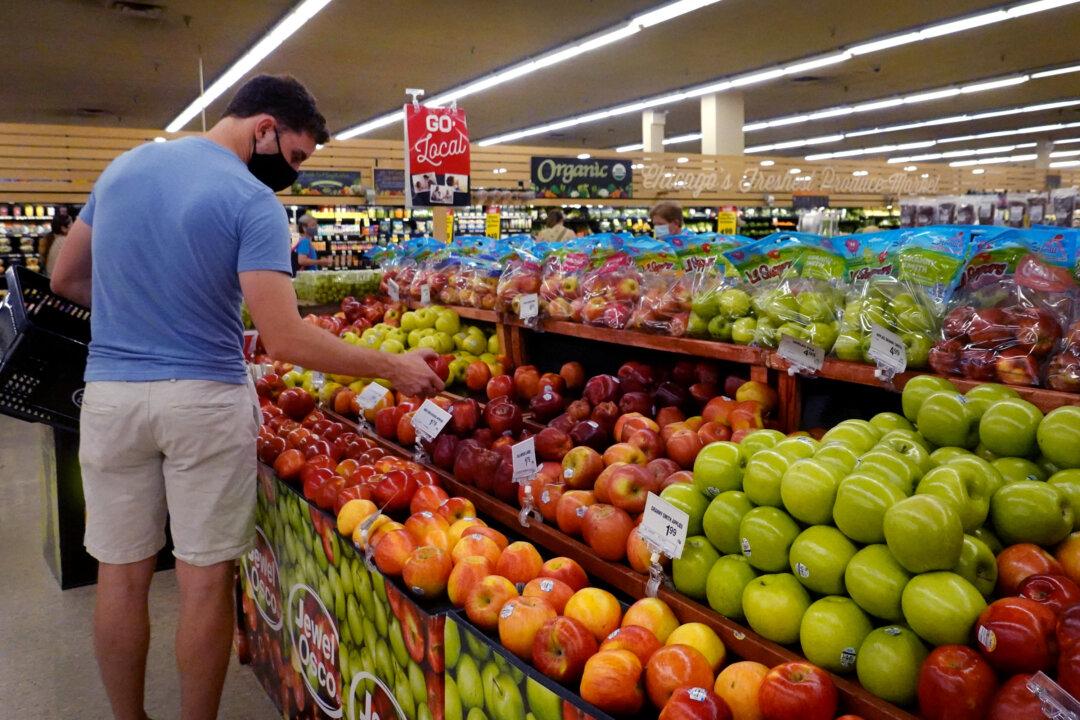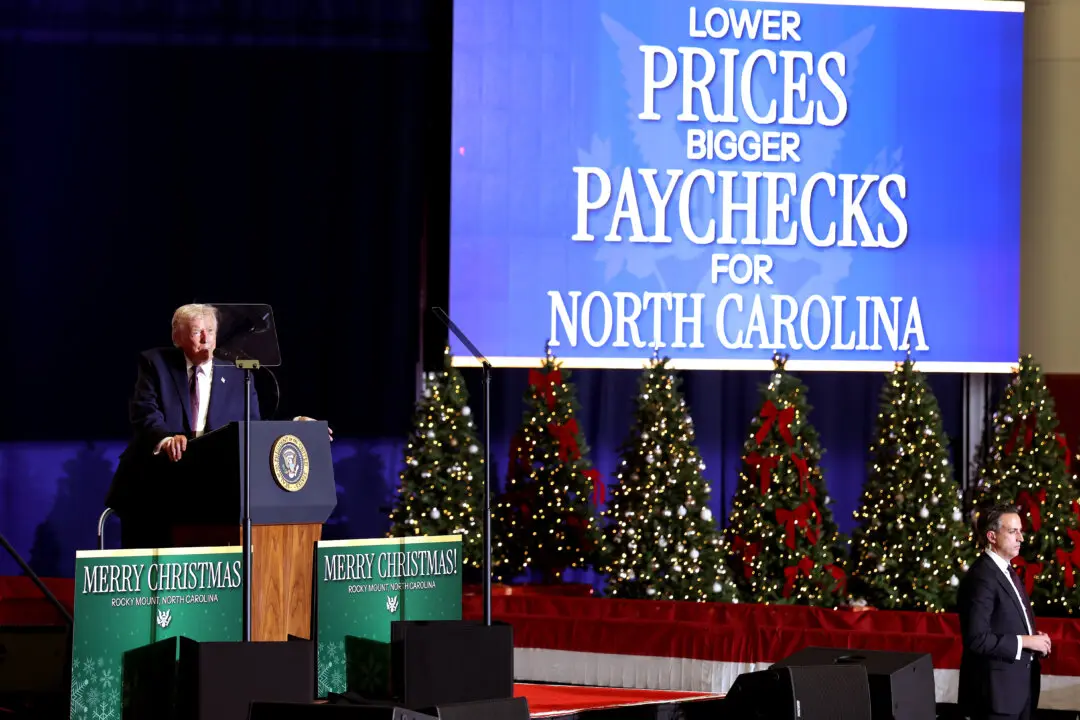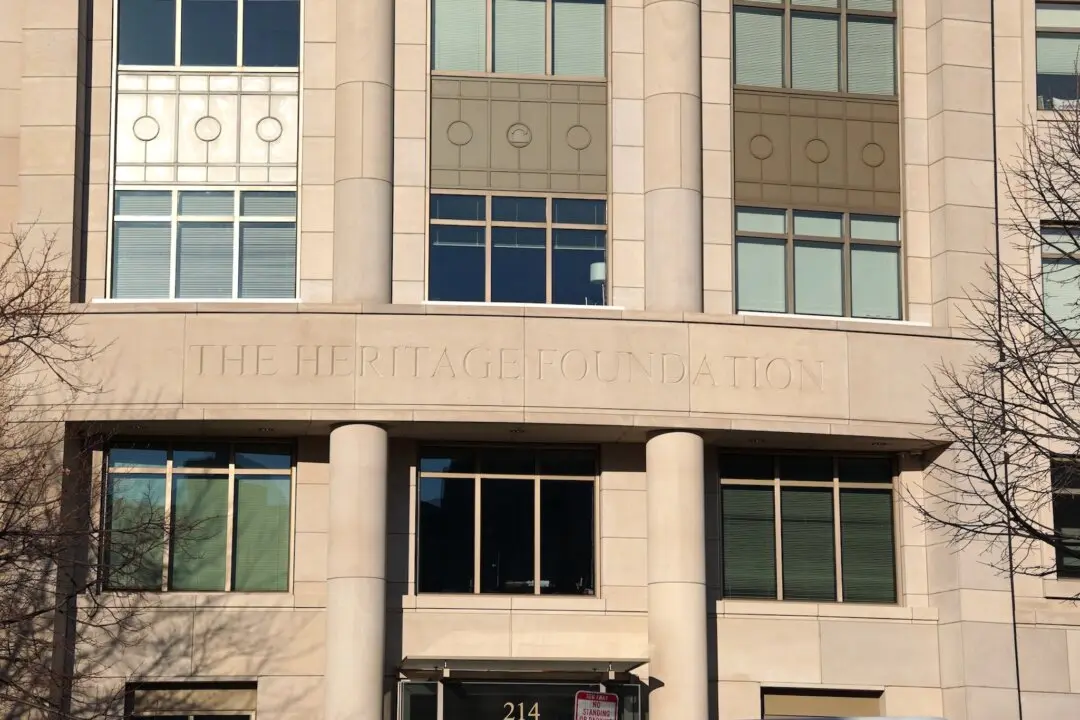WASHINGTON—U.S. inflation in May rose 5 percent from a year ago, recording the biggest annual spike since 2008 as supply bottlenecks and surging household demand continue to push prices higher.
While transitory factors continue to lift prices, the economy sees more signs of continuing inflationary pressures, according to analysts, which may point to persistently high inflation.





